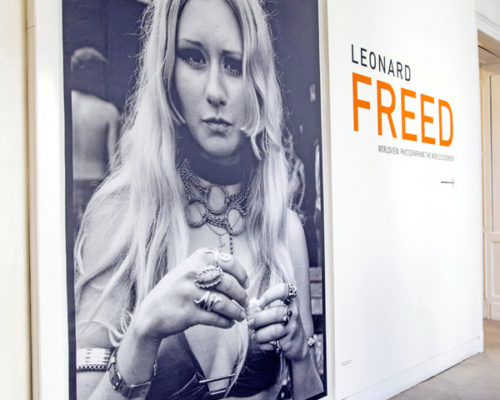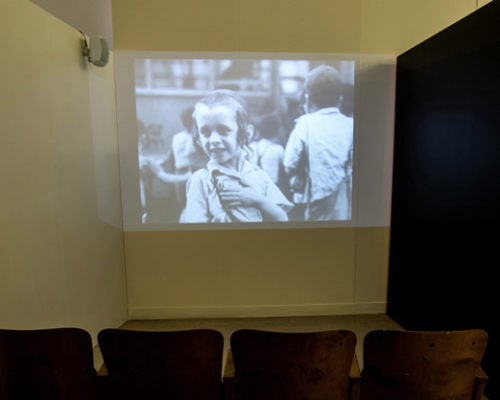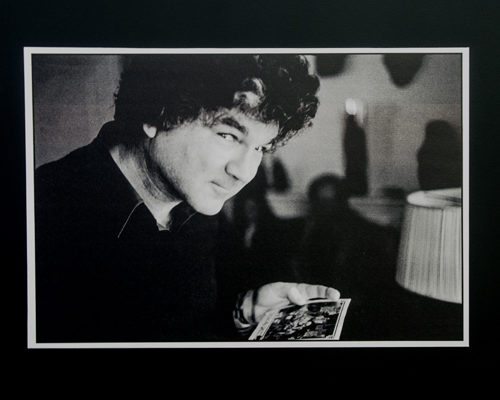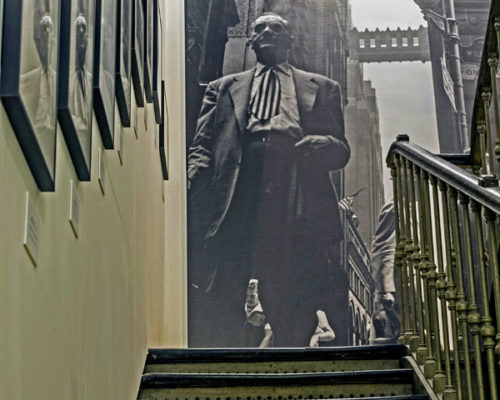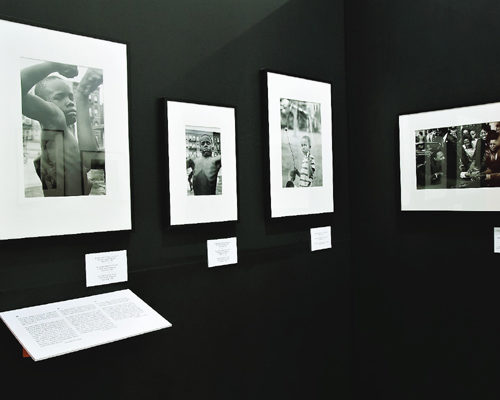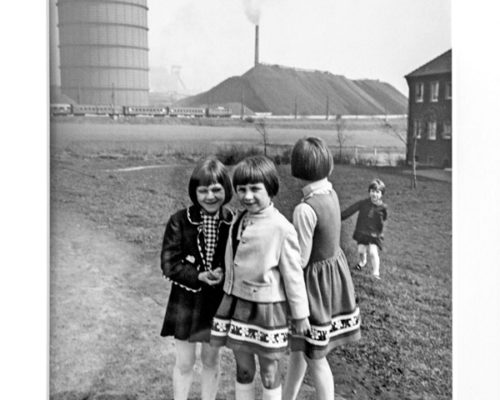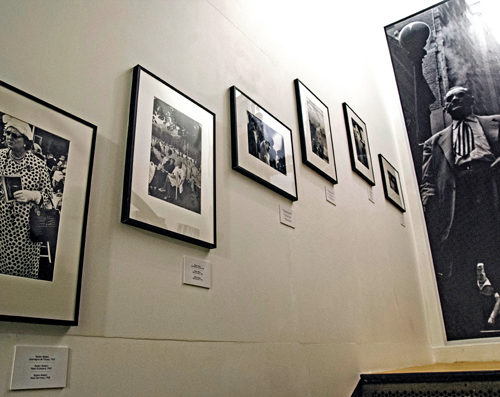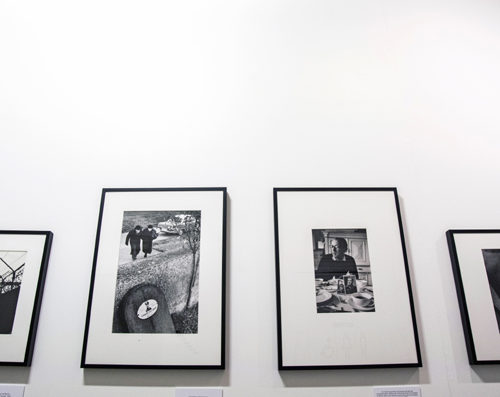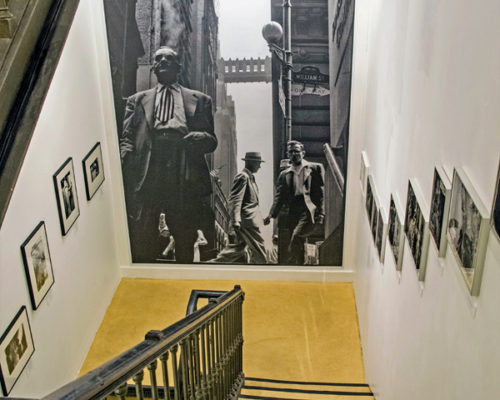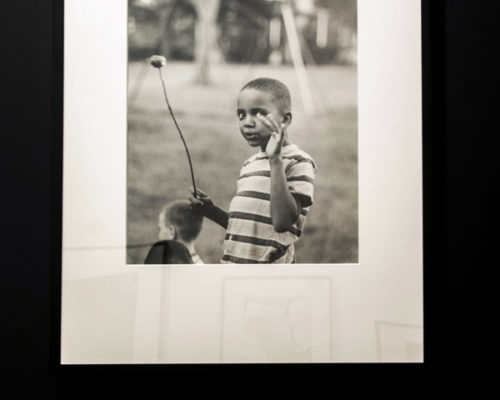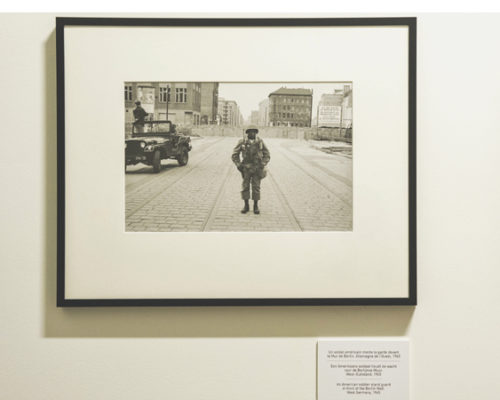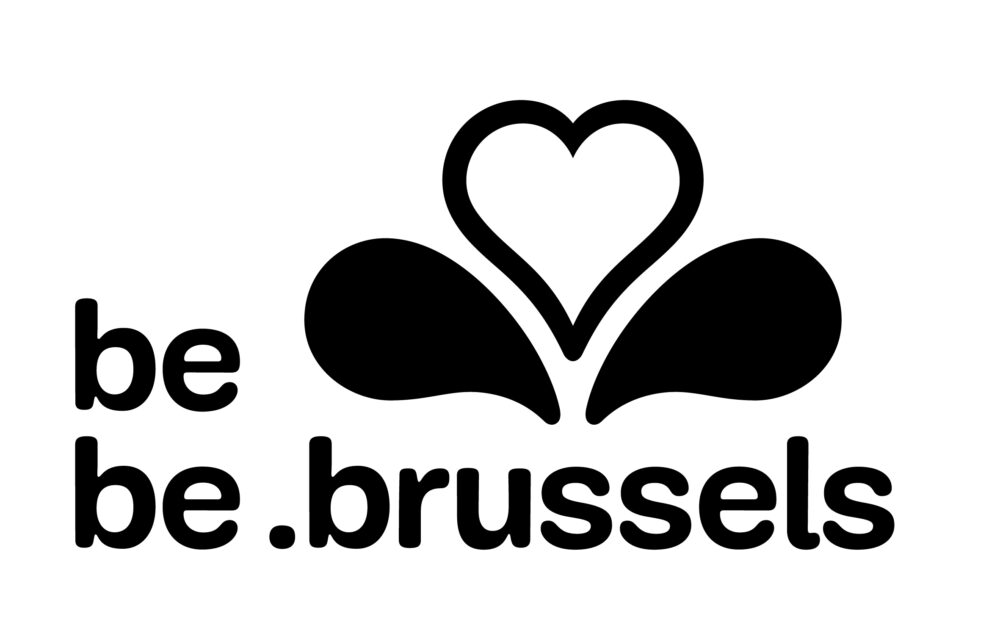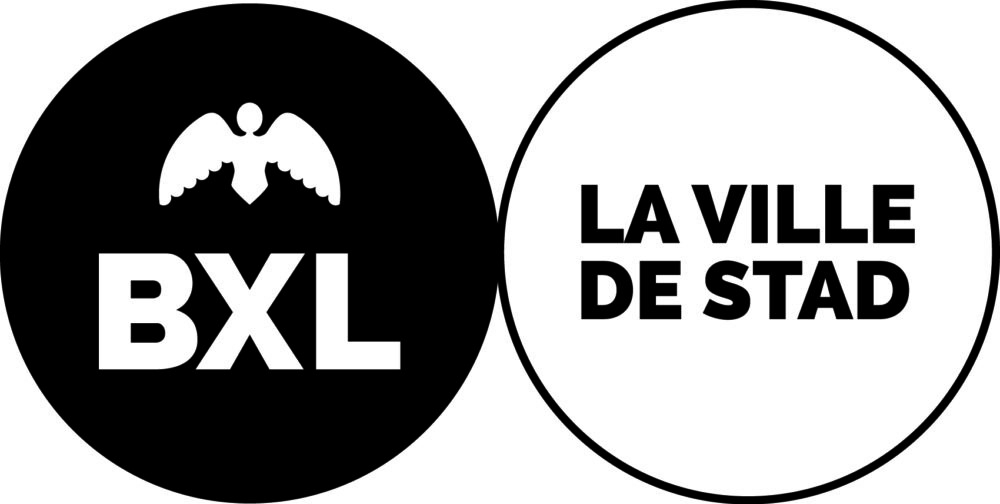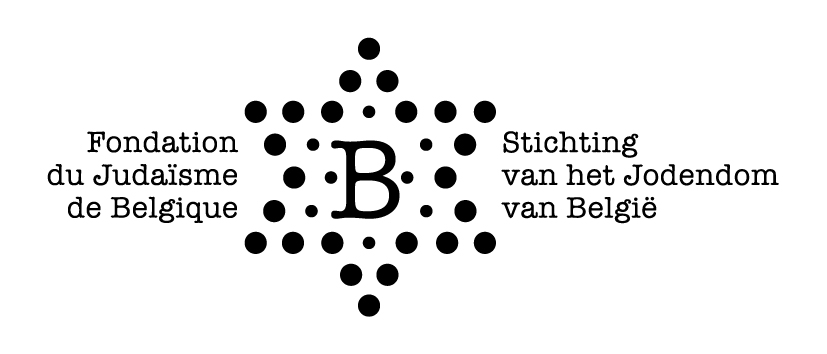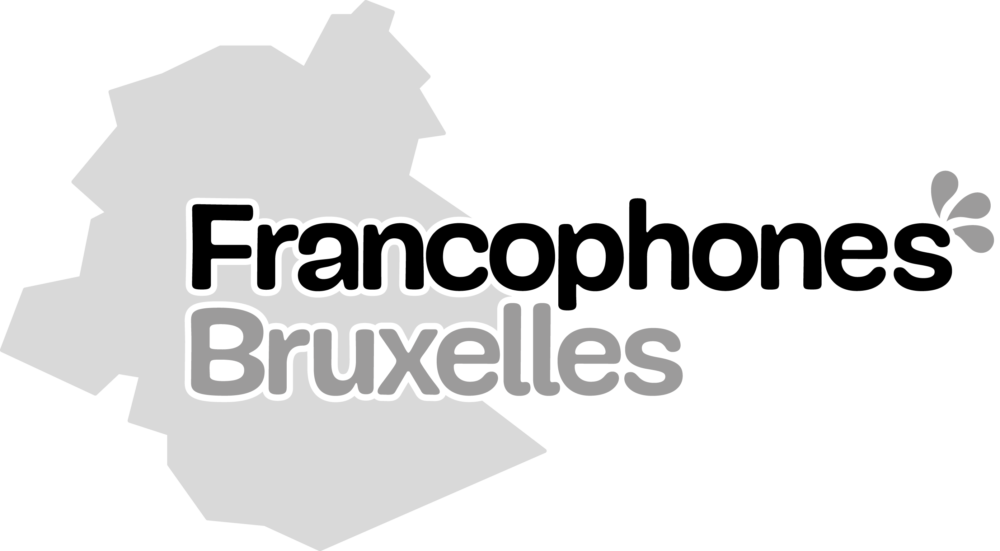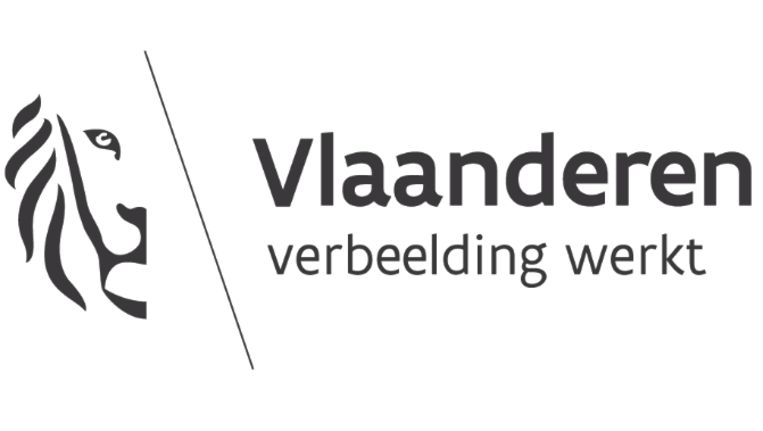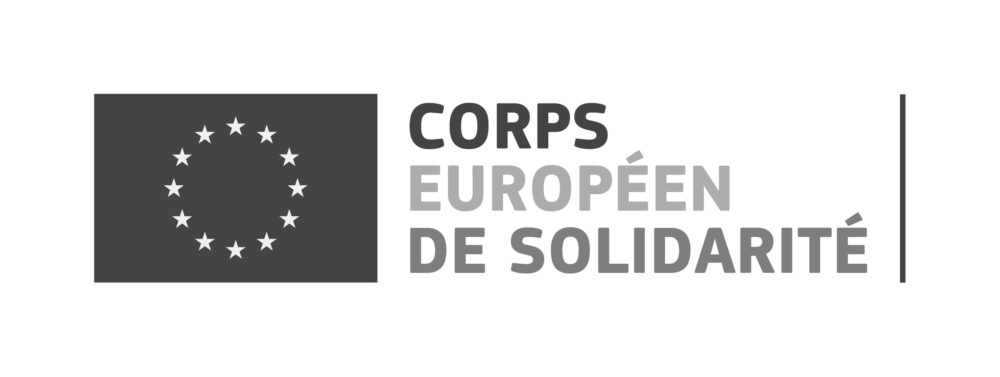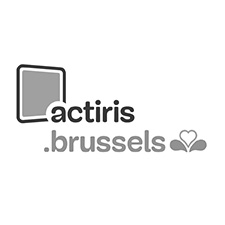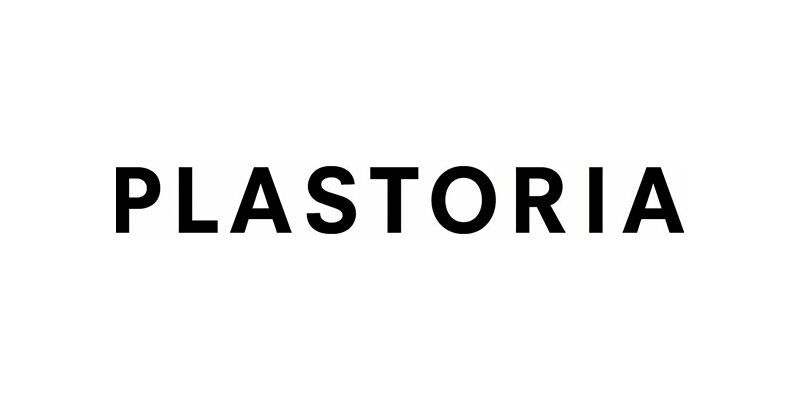This building, built in 1878, bears witness to the desire for integration of the Jewish community in this city. An opportunity to discover the architectural and religious heritage of Brussels.
Author: ali@digitalpark.be
Want to discover Judaism? We propose three workshops on Jewish cultures aimed at all audiences, regardless of their origin, faiths and beliefs. Our ambition is to build bridges across people, showing the commonalities between cultures and their enriching differences. The Jewish Museum of Belgium is a place where to meet and dialogue and where all questions can be asked, without taboo.
The workshops have been designed in partnership with the CEJI (Jewish Contribution for an Inclusive Europe)
The ABC of Judaïsm (8 to 99 yo)
What rites and practices are part of the life of a Jewish family? Emphasis will be placed on what makes us alike from a social, cultural and religious standpoint. During this workshop, participants get an insight on Jewish rites.
Myths & Stereotypes (12 to 99 yo)
Thanks to an interactive visit (of part) of the museum, students become familiar with another culture. They discuss similarities and differences with their own culture. During this workshop, thanks to visual aids, and based on Jewish experiences, they become aware of cultural myths and stereotypes. They discover how stereotypes work, how propaganda can use them and what dangers this entails.
Rites of passage from here and elsewhere (8 to 99 yo)
What is a rite of passage? Why do we celebrate birth? Why do we commemorate death? What are the differences and similarities between religions and cultures? This workshop encourages critical thinking and questioning, as well as the discovery of other cultures.
By meeting someone who lived through and survived the Shoah, young people make the link between their history classes and the real-life experience of the witness. Life stories bring to life events that, for younger generations, seem remote.
EXHIBITION EXTENDED UNTIL APRIL 25, 2021
Home is the first retrospective devoted to the work of Assaf Shoshan (°1973), a photographer and video artist who lives and works between Paris and Tel Aviv. This unprecedented exhibition traces the thread of a sensitive and committed body of work, produced over a period of ten years between the Middle East and Europe, with Africa as a backdrop. After studying philosophy, Shoshan turned to photography, tirelessly probing the world through notions of territory, identity and belonging, beyond tangible borders. Inhabited by the theme of uprootedness, his work takes a subtle, delicate look at a wandering humanity.
Her landscapes and portraits evoke an ancestral longing, devoid of melancholy. His empathetic approach, both documentary and autobiographical, gives rise to enigmatic images halfway between reality and fiction. By putting the reality of today’s exiles into perspective, Shoshan evokes the history of the Jewish people, traversed by the exodus and the questions of abandonment and acceptance. But his obsession with the theme of exile also ties in with his own history: belonging to the third generation of Jewish exiles to settle in Israel, having himself chosen to live in a foreign land, Shoshan is intimately concerned with the question of attachment to a place. Based on the experience of a feeling of foreignness, the Israeli artist creates a unique visual work. He invents a poetics of clandestinity, driven by this question: to what territory should we devote ourselves in a world with blurred contours?
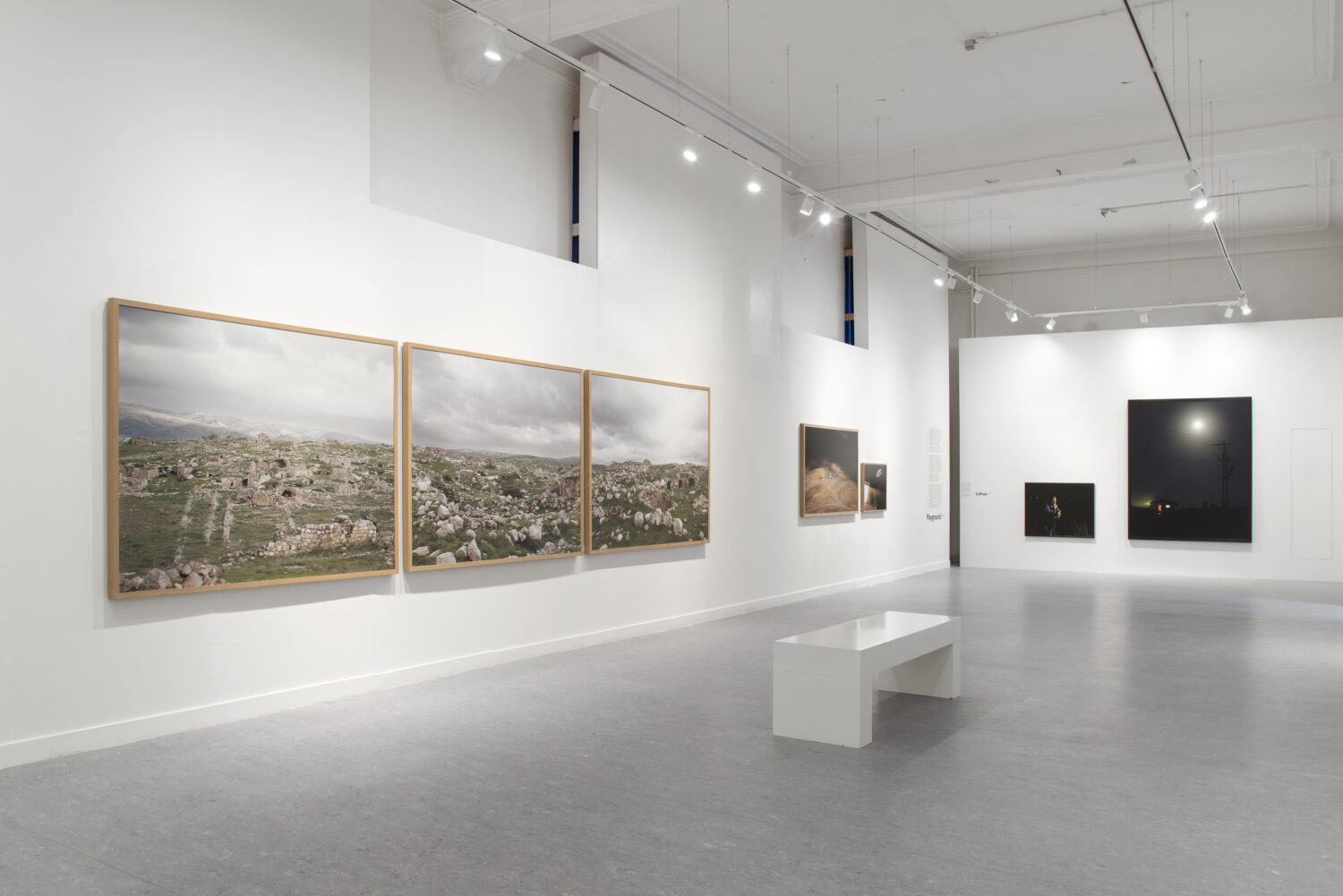
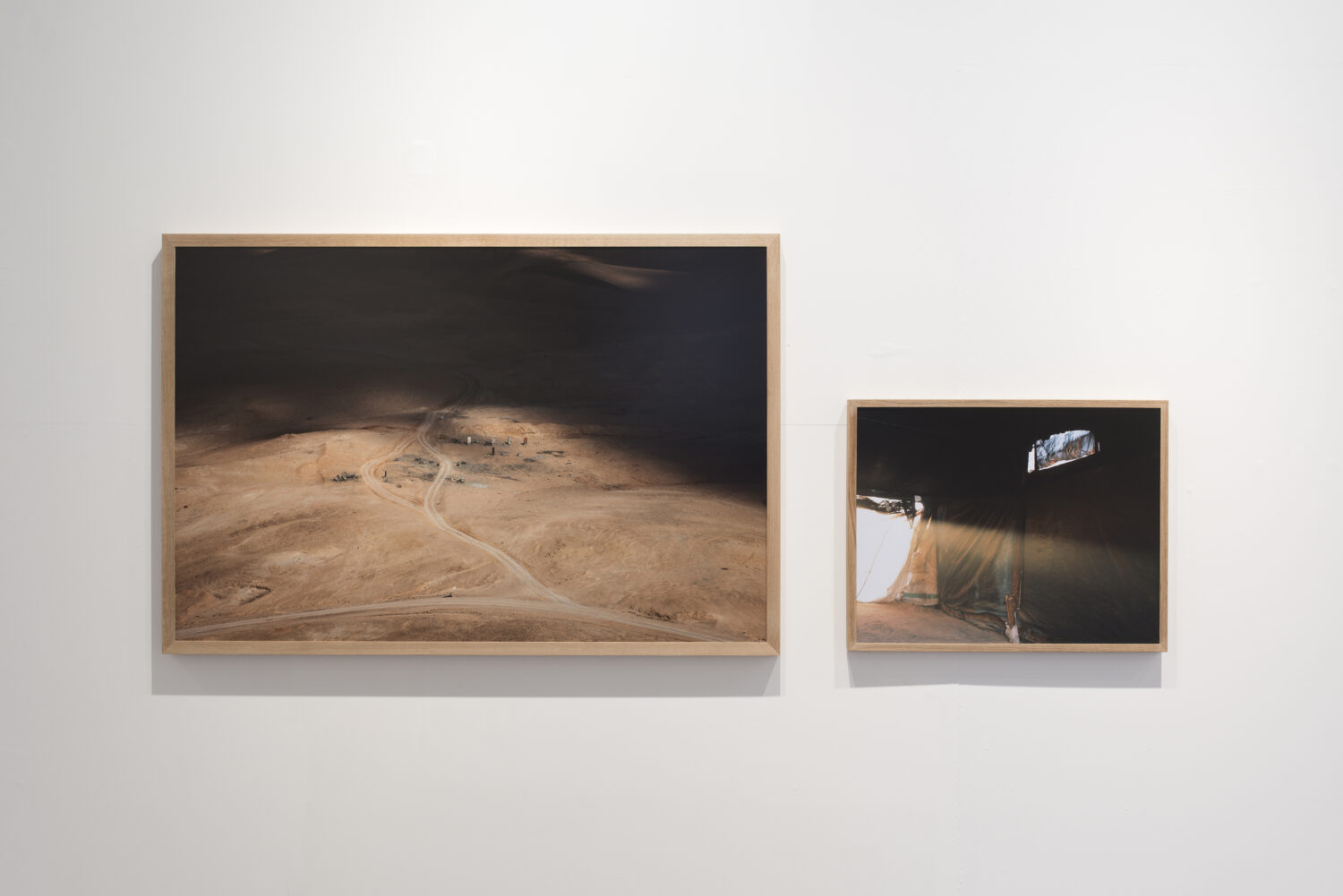
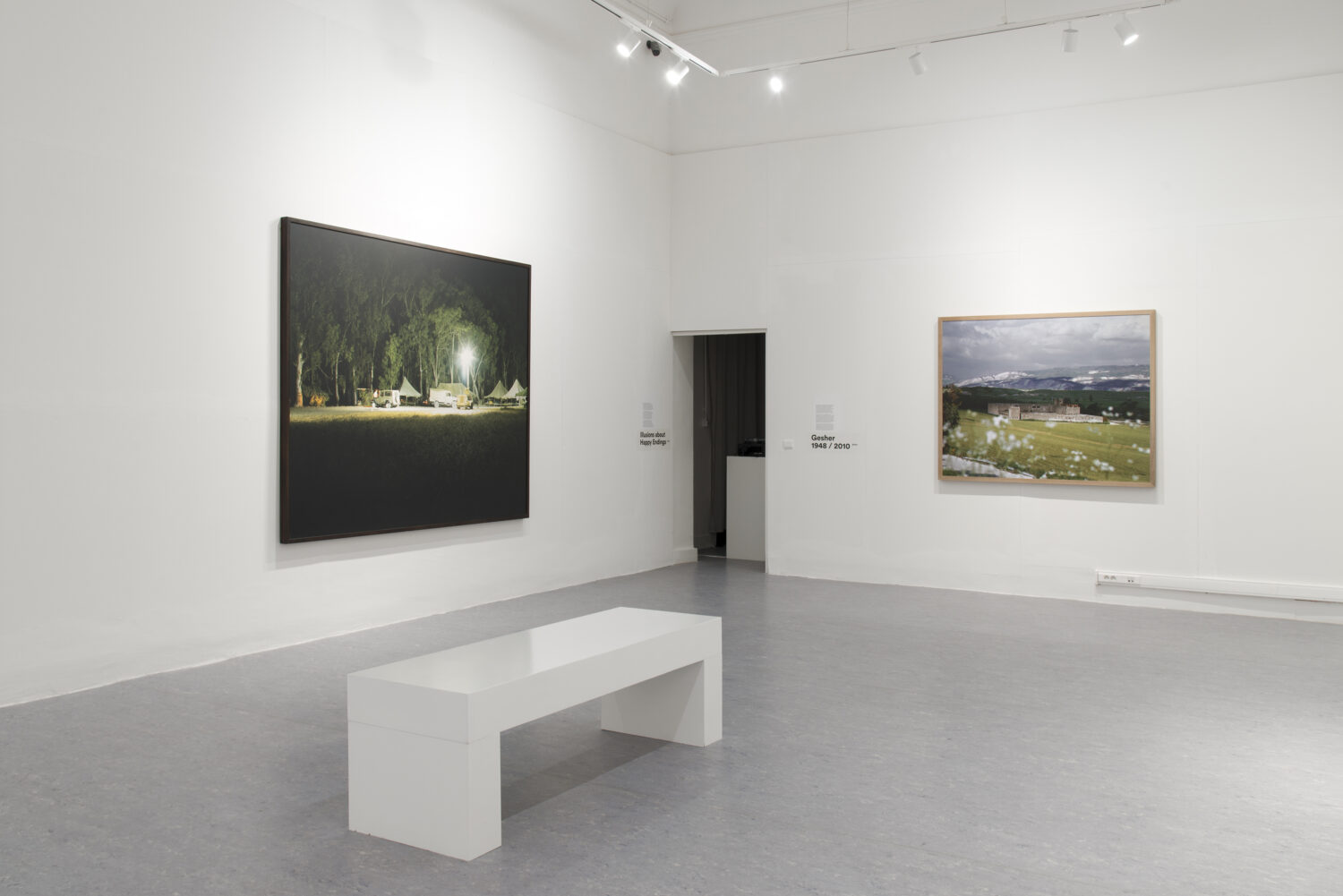
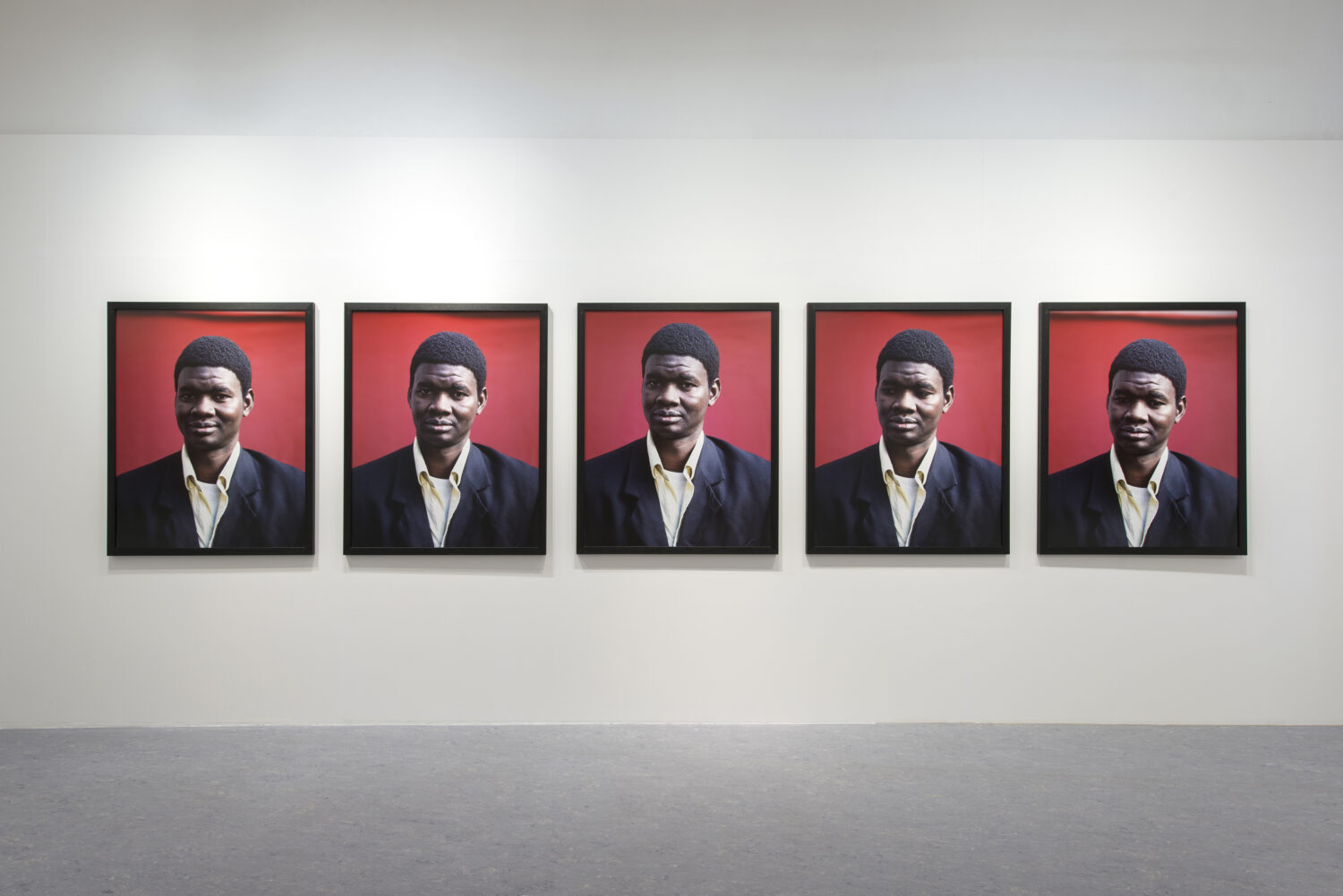
On view from October 7, 2020 to April 25, 2021 at the Jewish Museum of Belgium.
Projet pédagogique avec le Lycée Guy Cudell
Les super-héros ont de tous temps fasciné les enfants et les adultes. Leur monde est le reflet de notre société, une sorte de miroir grossissant des hommes dont ils sont une version magnifiée. Leurs aventures, bien que fictives, nous avertissent contre nos propres travers et nous préviennent contre toutes sortes de maux. De plus, leur univers n’est pas figé, il est le résultat d’une longue évolution qui a conduit les éditeurs, conscients de la nécessité de s’ouvrir aux autres, à s’orienter vers une politique plus inclusive.
Ces héros « surdimensionnés » ont suscité l’intérêt du Lycée Guy Cudell, une école d’enseignement général, technique et professionnel située à Saint-Josse-ten-Noode et fréquentée par des élèves de plus de 45 nationalités différentes.
Durant plusieurs mois, les étudiants et leurs enseignants ont exploré le monde des comics books en menant, sur base de l’exposition « Superheroes never die » du Musée Juif de Belgique, le projet « Portraits de super-héros – You can’t build the world alone » soutenu par la FWB Décret Culture Ecole et Equal Brussels – Région de Bruxelles-Capitale. Il s’agit d’un travail minutieux de recherche et de synthèses dont les thèmes ne manqueront pas de susciter l’intérêt de tous : la figure du héros au fil de l’Histoire, les super-héros et la philosophie, les minorités, le sexisme et la diversité sexuelle dans le monde super-héroïque, le décryptage scientifique des super-pouvoirs, la politique dans les comics books, le tour du monde des super-héros…
La production finale de ce projet sera présentée sous la forme d’une nouvelle exposition agrémentée d’une dizaine d’œuvres d’art réalisées par les élèves sous la direction de Samuel Idmtal, artiste spécialiste en street art. À travers une dizaine de portraits et de témoignages poignants, les jeunes créateurs nous proposent leur vision du super-héros. Cette initiative pédagogique a mobilisé différentes disciplines (français, histoire, sciences, anglais, éducation artistique, philosophie) et a permis le travail croisé de nombreuses classes, de la 1C à la 7PM.
Pour plus d’informations sur le projet : dossier pédagogique
Quand les super-héros inspirent des réflexions philo aux jeunes de Tada – Atelier de l’Avenir
Un dimanche pas comme les autres dans les salles de l’exposition » Super Heroes Never Die ». 30 jeunes qui fréquentent l’association Tada sont venus s’inspirer des super-héros pour faire de la philosophie. » Doit-on se cacher pour pouvoir tout dire ? » » Qu’est-ce que le bonheur ? » » En quoi les super-héros peuvent ils améliorer la vie réelle en combattant les préjugés sur dessin ? » sont les questions qu’ils se sont posées et qu’ils ont réfléchies ensemble lors de l’atelier philo.
Cette année encore, le Musée était ravi de collaborer avec Tada dans le cadre de ses ateliers destinés aux jeunes pour mieux comprendre la société et s’affirmer en tant que citoyen.
“Je ne pensais pas que Superman pouvait nous apprendre autant”
Un jeune de Tada
“Une après midi riche en apprentissages où j’ai appris autant que les jeunes”
Amir-guide au Musée Juif de Belgique
Joutes verbales – (Projet DAS)
Suite au succès de l’an passé, ce projet renoue avec l’outil des joutes verbales pour permettre à des jeunes de trois écoles différentes de faire un parcours de rencontre, de réflexion et d’émancipation. Encadrés et animés par les Ambassadeurs d’expression citoyenne, les élèves de l’Institut Diderot, de l’école La Vertu et de l’Athénée Robert Catteau vont ainsi apprendre à débattre en classe, puis prendre le temps de se découvrir mutuellement et de réfléchir ensemble pour finalement proposer des joutes oratoires sur scène et face au public.
La thématique de cette édition est « L’histoire en héritage ». Comment se constuire avec cet héritage ? Quels sont les enjeux identitaires de cette construction ? Comment appréhender simultanément la petite et la grande histoire ?
Dans ce projet, le Musée juif de Bruxelles est bien plus qu’un lieu d’acceuil. A travers l’exposition « Superheroes never die », le Musée enrichira la réflexion des jeunes tout en contribuant à leur découverte du quartier et en stimulant l’ouverture aux diversités de l’ensemble du processus.
Plus d’infos sur les Ambassadeurs et les joutes verbales ? Rendez-vous sur www.ambassadeurs.org !
Job description
The volunteers at the reception desk receive visitors, answer the telephone and pass on communications to staff members. They are responsible for selling tickets and giving brief presentations of current exhibitions.
Profile
We are looking for people who are dynamic, punctual and well mannered, who speak one of the national languages very well and are fluent in the other language, with a good knowledge of English. An interest in art and history is an asset.
Please contact Ethy Saul by email: ethy@mjb-jmb.org or by phone: 02 649 50 14 on Tuesday or Thursday afternoon.
The history of Morocco is an exceptional example of Jewish-Muslim coexistence. Present for over two thousand years, Jews and Muslims have lived side by side for centuries. These photographs reveal the objects, customs and traditions of these men and women. Around a hundred previously unpublished photographs taken by Aron Zédé Schulmann in the early 1950s to immortalise the history of the Jews of Morocco were presented.
This exhibition is being produced in cooperation with the CCJM. It is accompanied by texts written by students from the Guy Cudell secondary school in Saint-Josse who, under the guidance of their French and history teachers, decided to broaden the original theme by focusing on relations between Jews and Muslims from the birth of Islam to the decline of the Ottoman Empire.
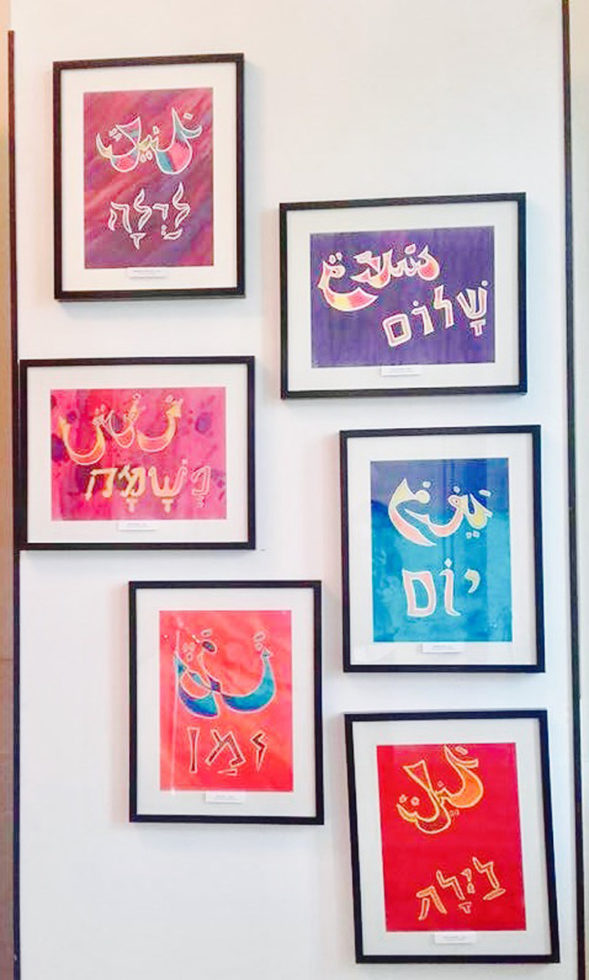
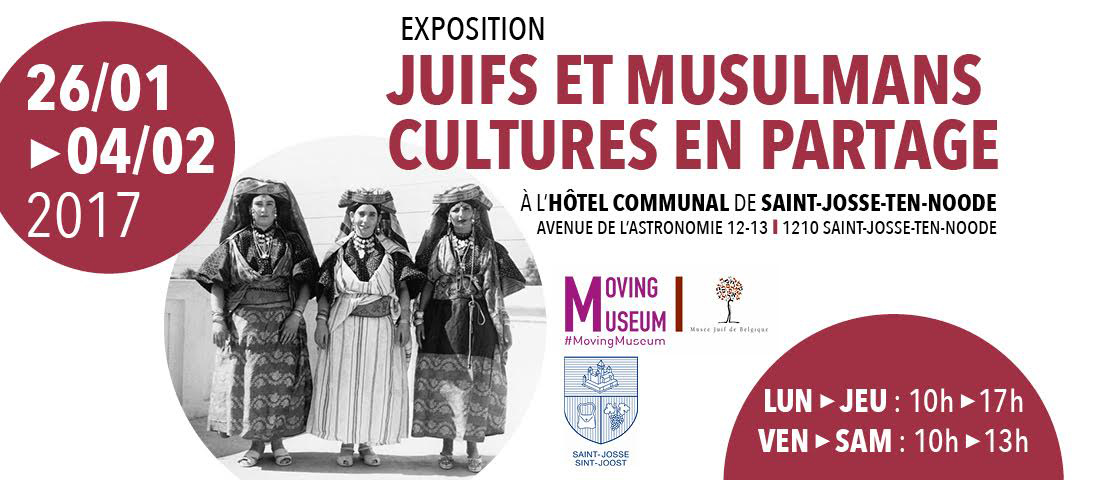
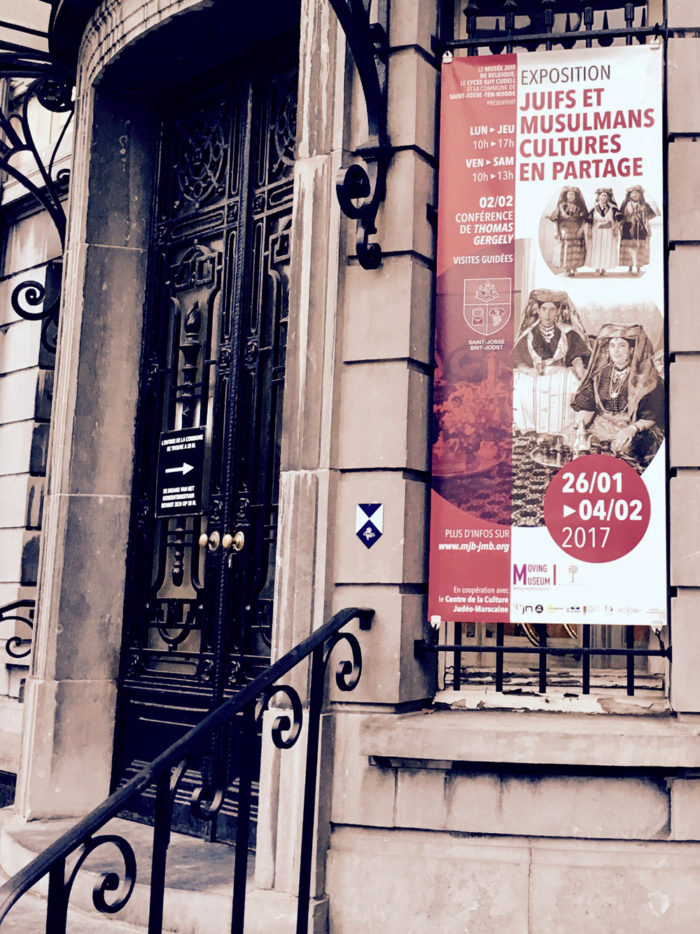
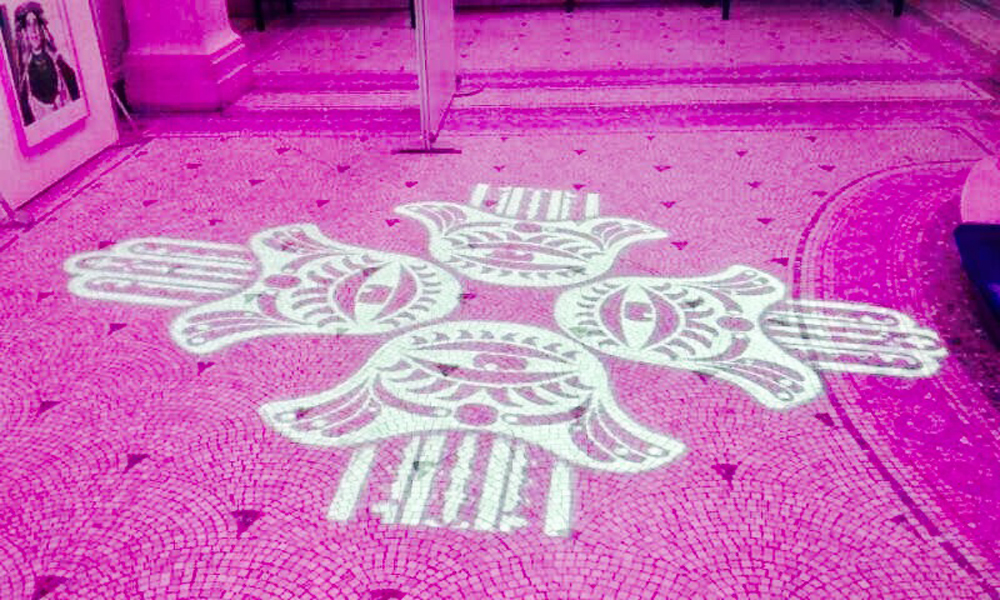
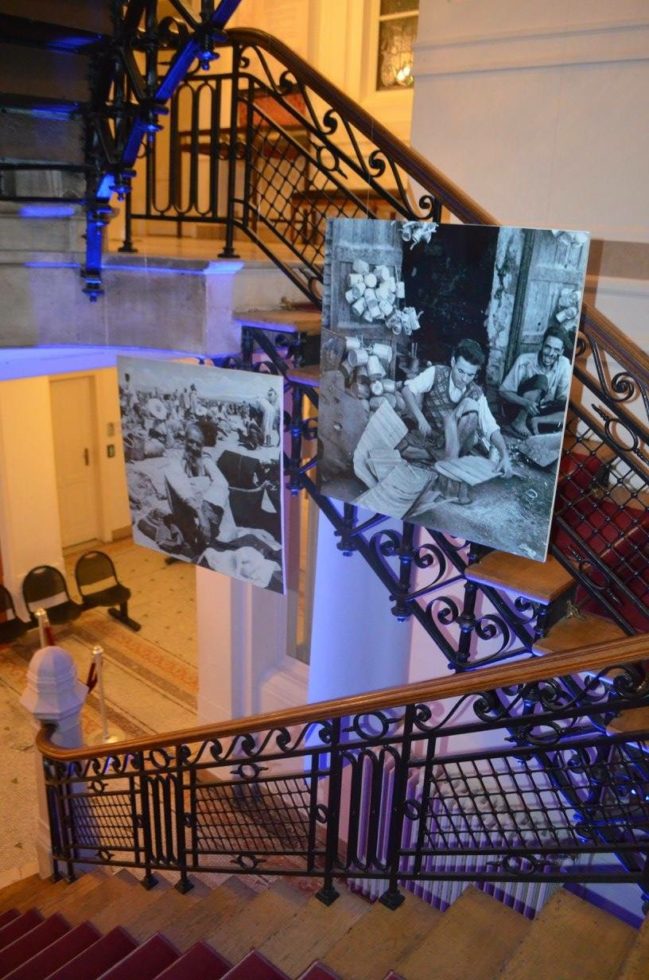
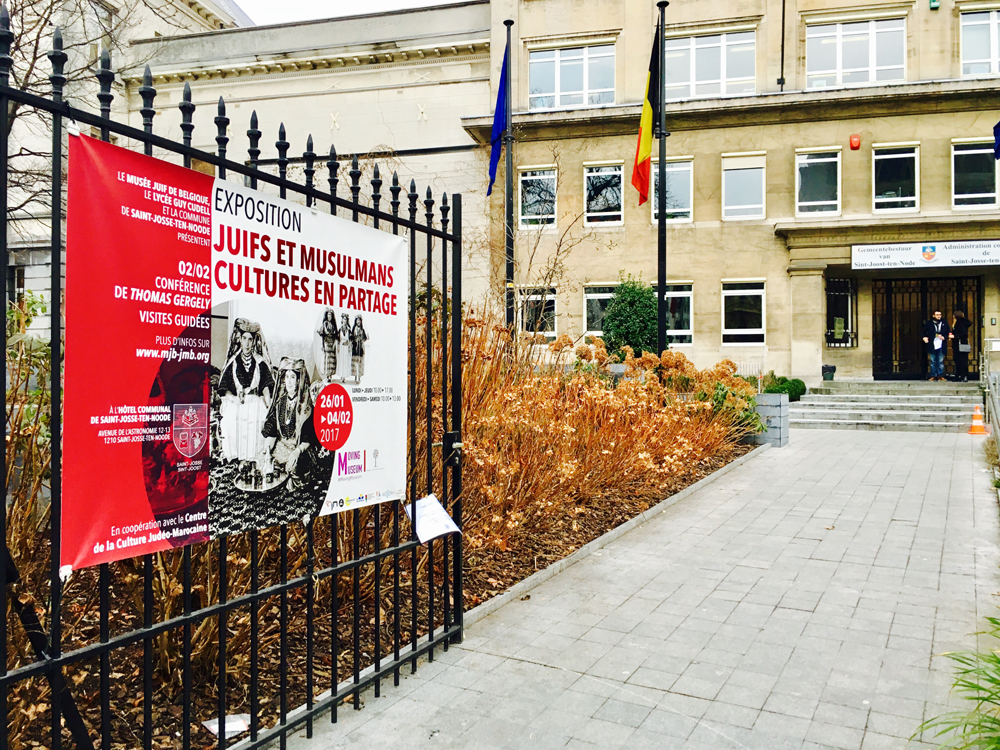
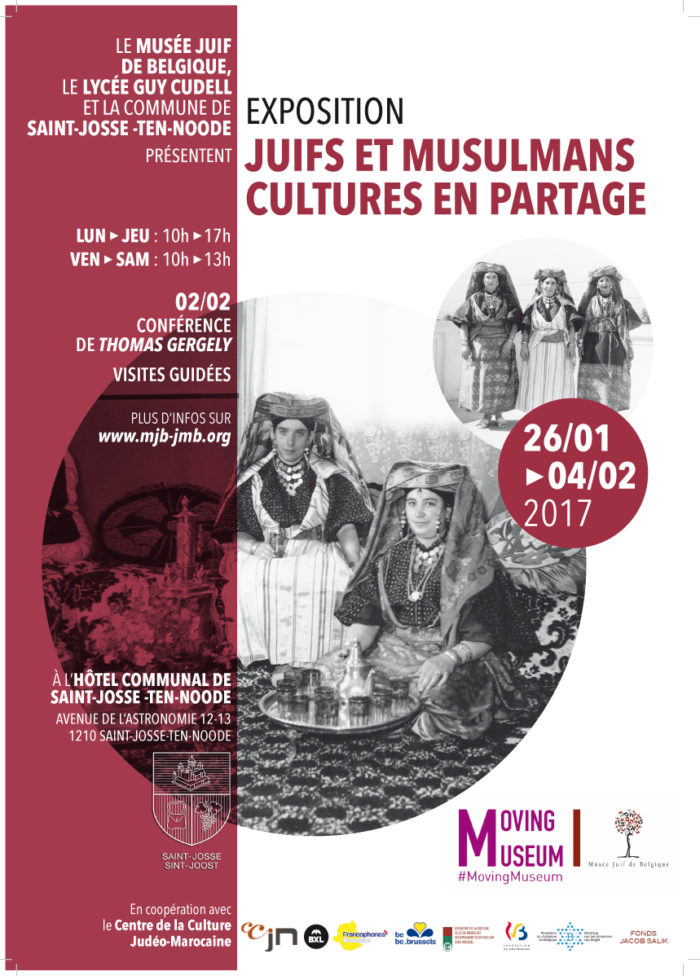
Cette exposition est itinérante. Elle a été présentée à la Maison Communale de St Josse du 26 janvier au 3 février, dans quatre Maisons de quartier de la Ville de Bruxelles (Midi, Haren, Willems et Rossignol), du 9 février au 3 mars, à la Maison des Cultures et de la Cohésion Sociale à Molenbeek du 9 au 26 mars, au Parlement bruxellois en mai et à la Maison Communale d’Evere en septembre 2017. Cette exposition a connu un véritable engouement et nous a permis de toucher des publics très variés, en allant directement sur place, dans des communes où les habitants ne franchissent pas toujours les frontières invisibles de l’espace bruxellois.
Elle fut accompagnée de nombreuses activités dont des conférences, projections de films, ateliers de calligraphie, ateliers olfactifs et concerts. Le dossier pédagogique suivant est mis à la disposition des professeurs, animateurs et encadrants.
Brussels today is home to over 180 nationalities. Beyond the numbers, each of these emigrants has his or her own story, path and hopes.
Since 1830, there have been successive waves of emigration. Why did these men and women leave their country? Was Brussels a welcoming place for them?
This exhibition tells the story of how the Belgian capital gradually became a “world city”. It retraces the journey of these foreigners who settled in Brussels for a few months or forever, through the objects they brought with them, their personal accounts and their family photographs.
In addition to this historical section, “Brussels, a welcoming place” presents the work of Kika Nicolela, Thomas Israël, DK Ange, Nadia Berriche, Thomas Marchal, Christopher de Béthune, the Farm Prof collective, In Your Box Project, Ilyas Essadek and Herman Bertiau, artists based in Brussels (photographers, street artists, sculptors, video artists) who address the issue of migration and cultural diversity in today’s Brussels.
This exhibition, organised by the Jewish Museum of Belgium and the State Archives with the support of the Centre de la Culture Judéo-Marocaine, will feature film screenings, participatory art performances, lectures and workshops. It will be accompanied by a special issue of the Agenda Interculturel produced by the Centre Bruxellois d’Action Interculturelle. The exhibition is trilingual: French, Dutch and English.
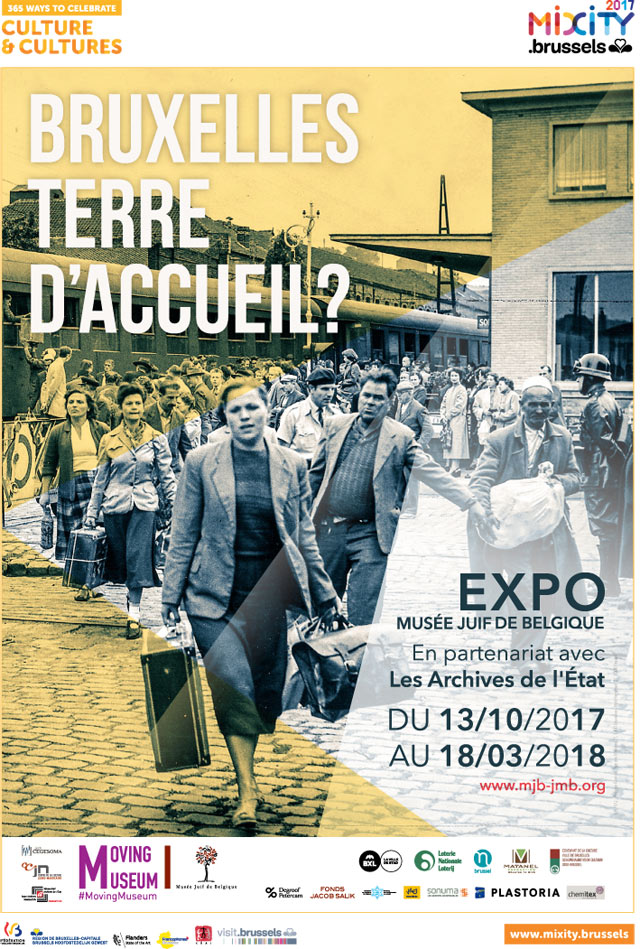
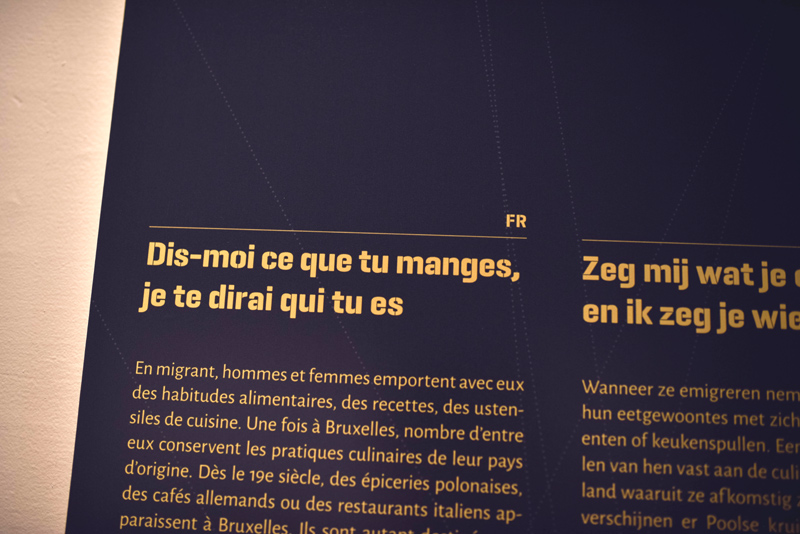
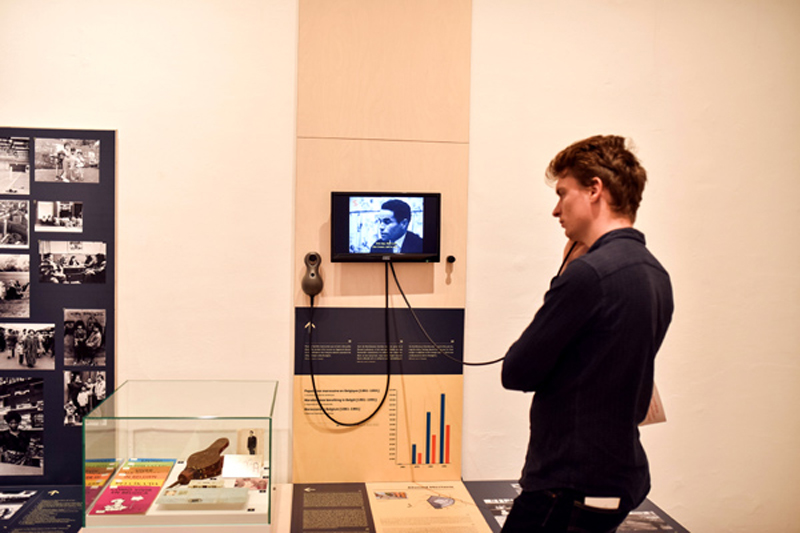
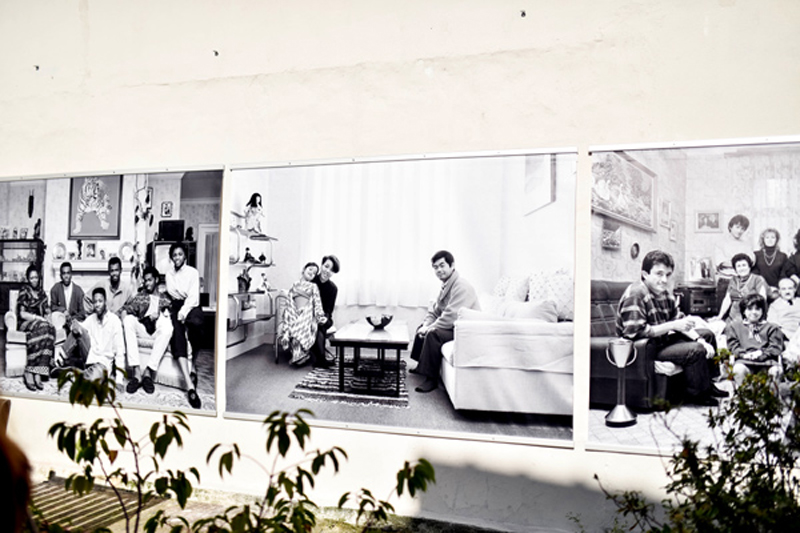
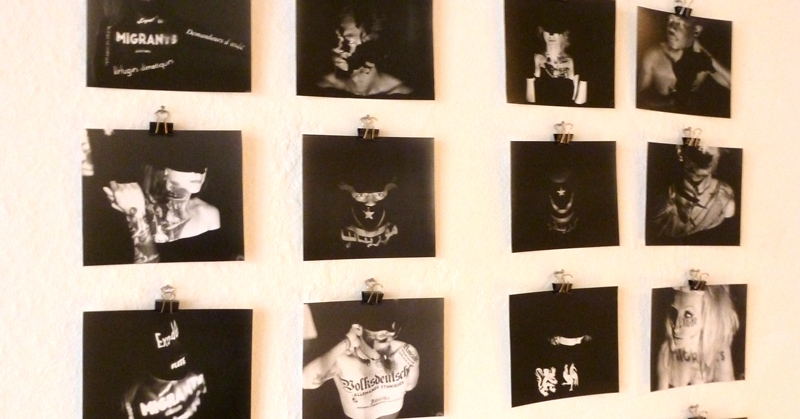
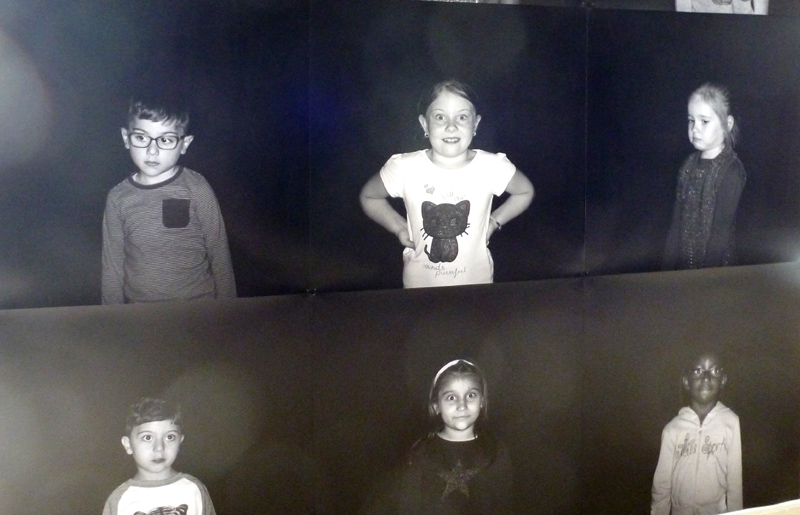
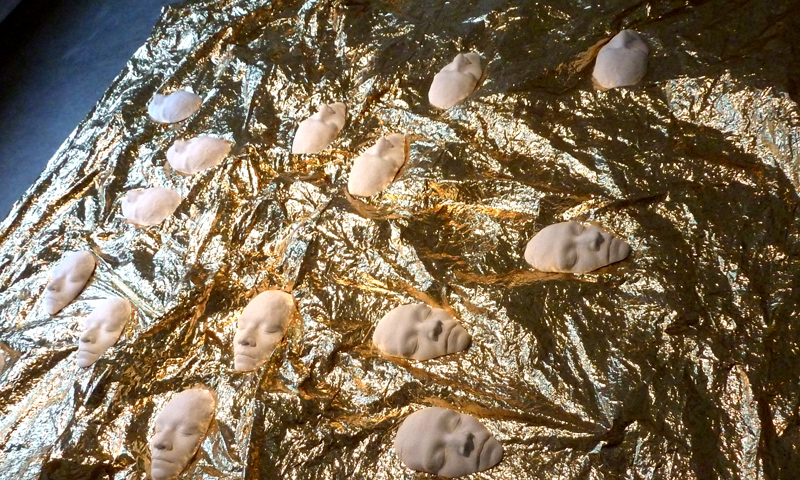
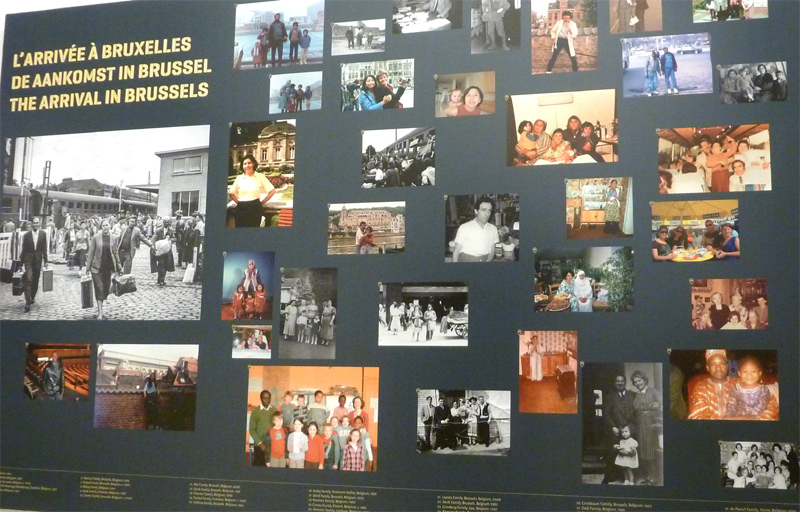
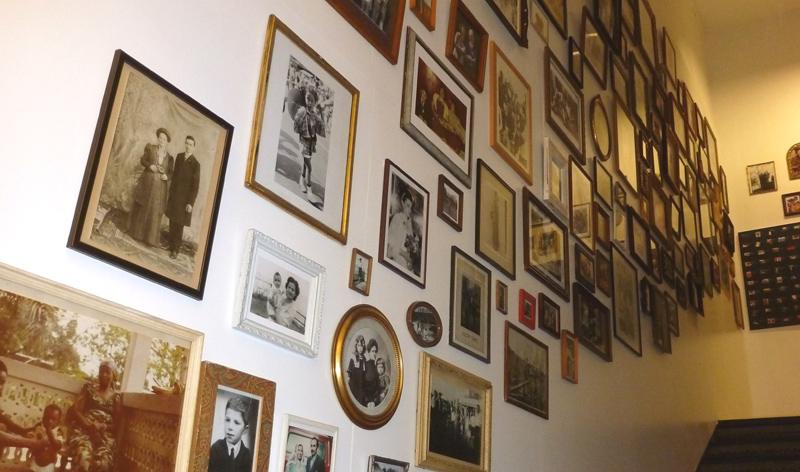
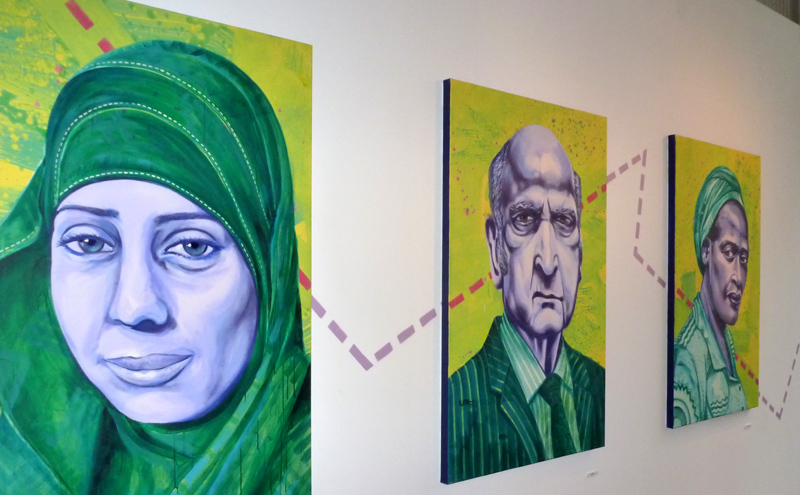
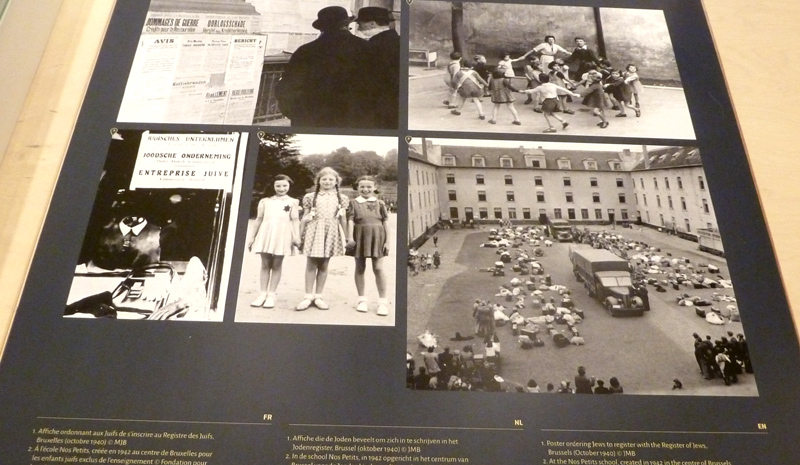
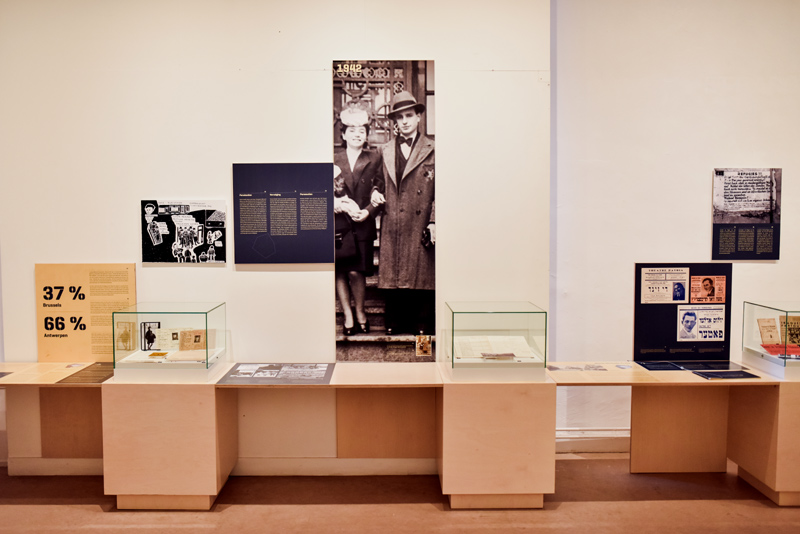
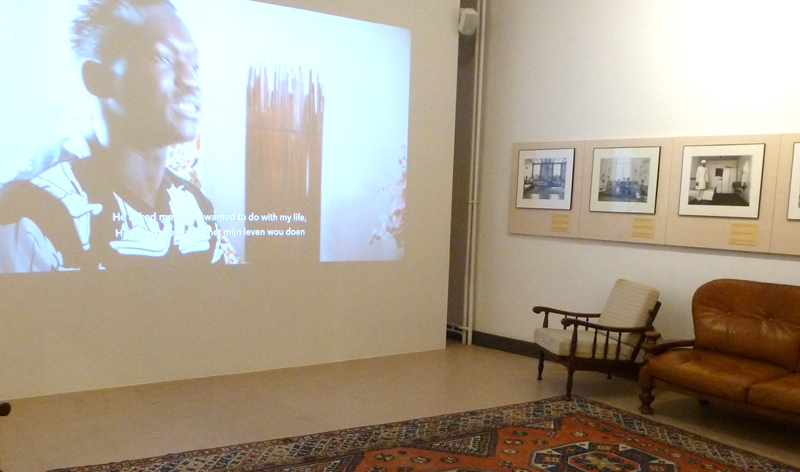
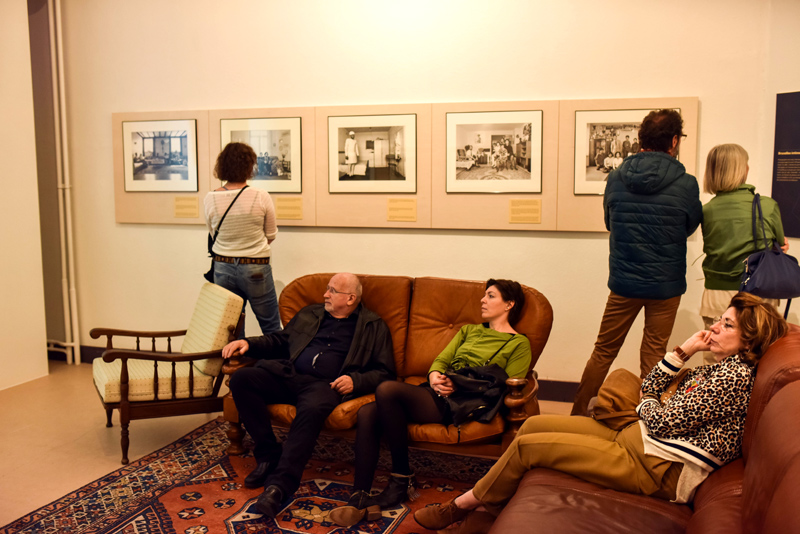
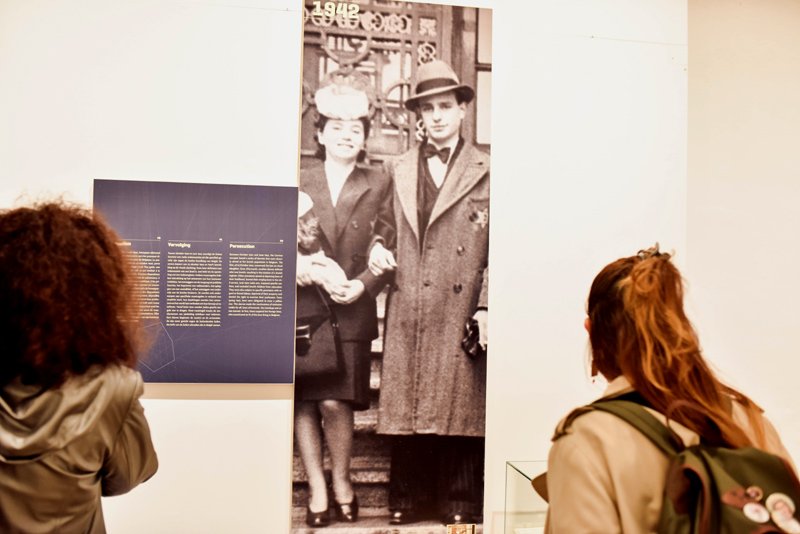
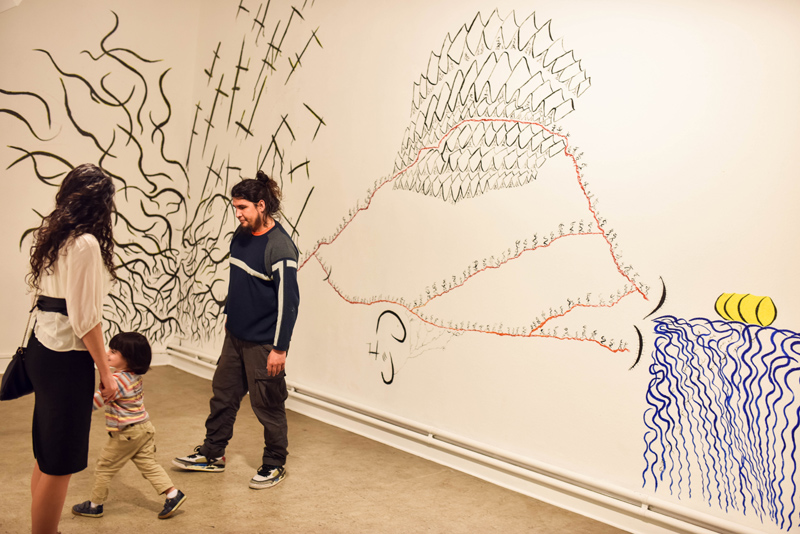
Featuring costumes, drawings, photos and videos, the “Chantier Poétique” was initiated by Brussels-based artist Stephan Goldrajch at the Jewish Museum of Belgium in 2015. His project brings together the founding stories of the Bible and the transformation of the Museum’s building.
This young visual artist, who has teamed up with photographer Myriam Rispens for this project, works in a variety of disciplines (drawing, crochet, weaving, embroidery, sewing, etc.). He sees his creative work as a response to the need to “create links”. Reconstructing systems of kinship between man and his environment, and between cultures, is the challenge of his artistic and political approach.
“Amy Winehouse, a family portrait” traces the destiny of a unique singer. Through her personal objects, unpublished writings and family photos, this exhibition tells the story of the birth of a pop culture icon, from her ancestors in Belarus to her success on stages in London and around the world. We discover Amy Winehouse’s passion for music, fashion and tattoos, but also her attachment to London, her family and her Jewish roots.
Designed in collaboration with her brother Alex and sister-in-law Riva, the exhibition has been shown in London, San Francisco, Amsterdam and Melbourne. It completes its run in Brussels, before the unique pieces it presents return to the Winehouse family.
Discover the woman behind the music in this intimate and moving exhibition.
As an extension to the exhibition “Leonard Freed. Photographing a World in Disarray” exhibition, the Jewish Museum of Belgium joins the Brussels Street Photography Festival (BSPF) in celebrating the city of Brussels!
From February 21 to March 17, discover Eyewitness in Brussels, featuring the photos of the 21 finalists in this photography competition on Brussels. In particular, you can visit this exhibition honoring street photography during Museum Night Fever on Saturday, February 23, 2019.
Since September 1, 2024, the Jewish Museum of Belgium has been closed for renovation.
EXHIBITION EXTENDED UNTIL APRIL 18, 2021
About Kurt Lewy

Painter, enameller and illustrator Kurt Lewy (1898 – 1963) was born in Essen, Germany, where he taught graphic techniques at the Folkwang Schule from 1929 to 1933. With the advent of Nazism, this Jewish artist was dismissed from his post. Two years later, he fled Hitler’s Germany and settled in Brussels.
Incarcerated as an enemy subject by the Belgian authorities in May 1940, Kurt Lewy was interned in the Saint-Cyprien and Gurs camps. In 1942, he managed to escape and returned to Brussels, where he hid for some twenty months. In June 1944, he was arrested by the Nazis, who interned him in Mechelen until the Liberation.
After the Second World War, Kurt Lewy abandoned the figurative themes that had until then guided his production, which was marked in its early stages by German Expressionism. He turned to abstraction, which he explored until his death. Concerned with “eliminating the superfluous, the ephemeral, the chaotic”, his geometric research freed him from the anguish caused by the nightmare of war and his isolation as an emigrant.
Exhibition
Drawing on the heritage of the Jewish Museum of Belgium, as well as works from the Antwerp gallery Callewaert-Vanlangendonck, this exhibition brings out of the shadows a key, but now forgotten, figure in post-war Belgian painting. It reveals a body of work that, as a precipitous step in the evolution of 20th-century art history, shows a path from figuration to abstraction.
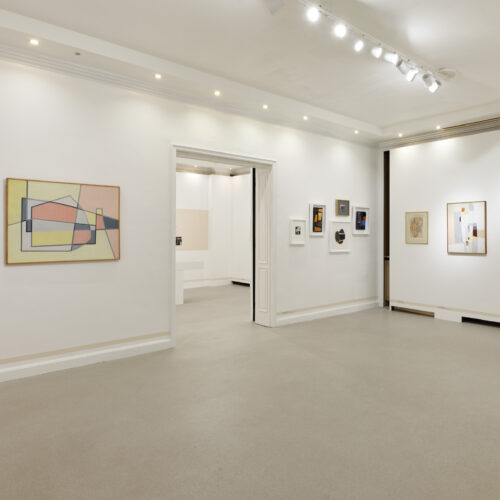
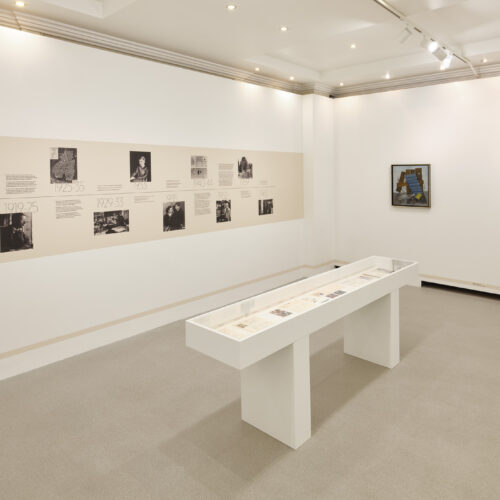
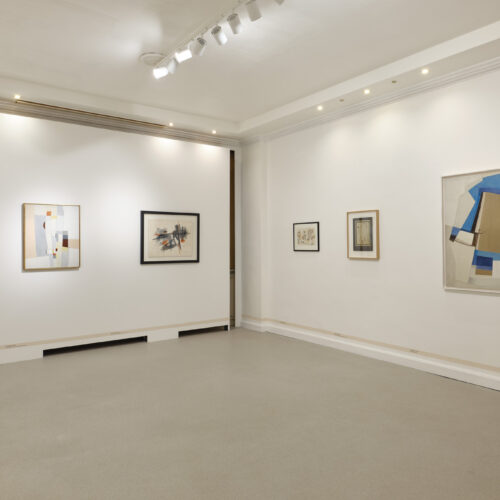
This exhibition is organized in partnership with Galerie Callewaert-Vanlangendonck. On view from September 11, 2020 to April 18, 2021 at the Jewish Museum of Belgium.
Publication
The Jewish Museum of Belgium is pleased to present the first catalog published since the 1980s on the artist Kurt Lewy. Extending the Kurt Lewy Towards Abstraction exhibition, this trilingual catalog (French, Dutch, English) is on sale at the museum reception desk.
Further information > info@mjb-jmb.org
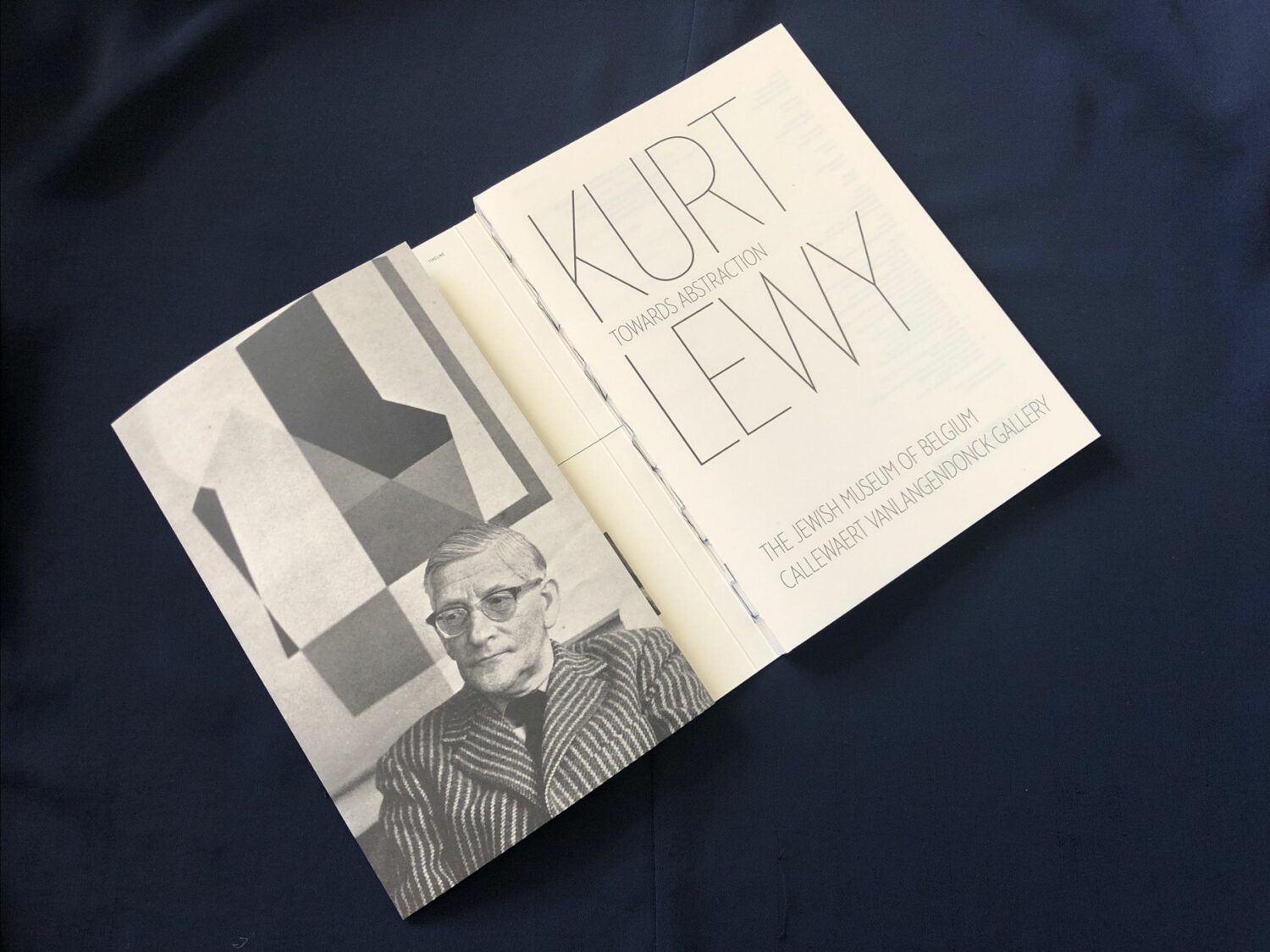
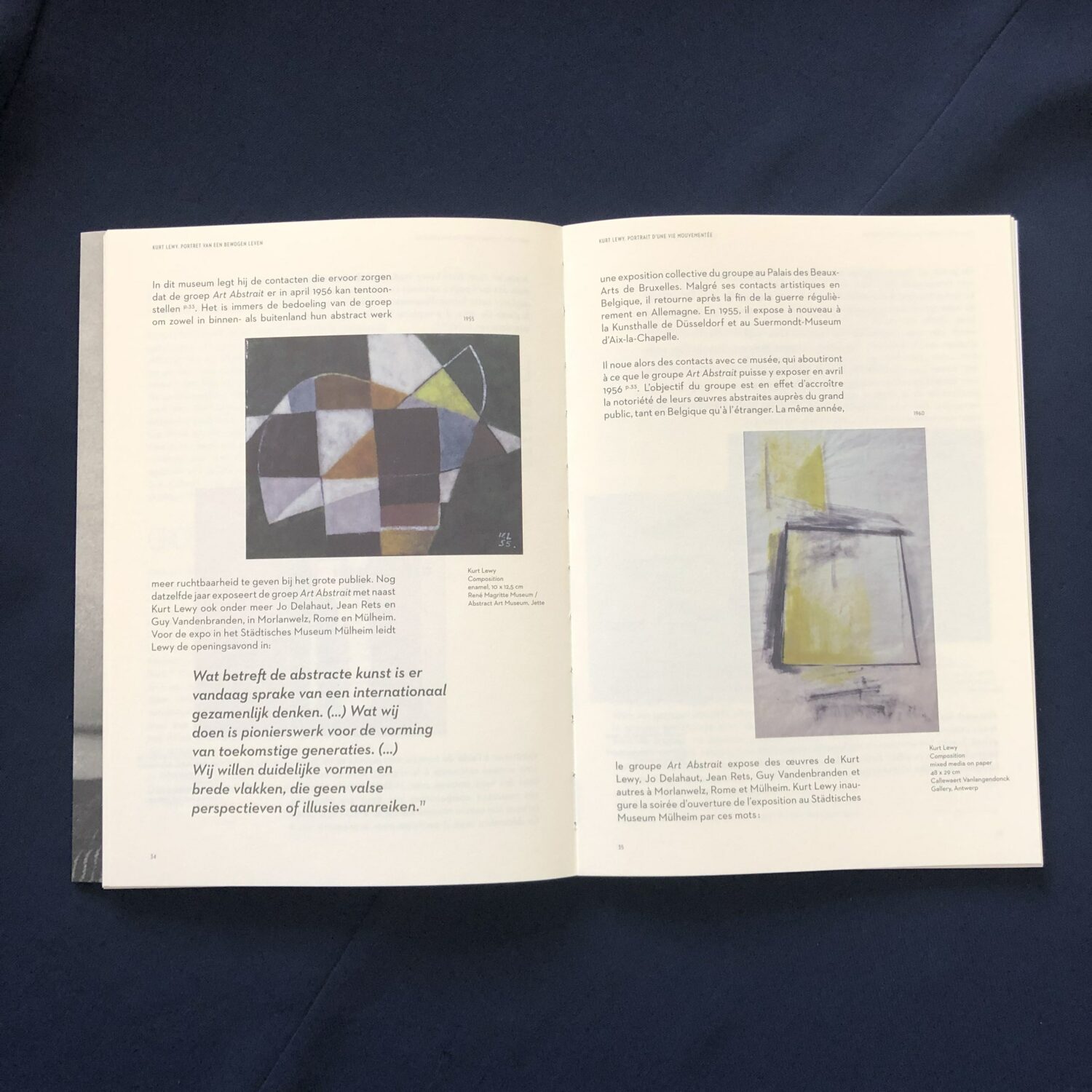
Minorities, war, revolution, racial discrimination, work, pleasure, policing, poverty, art and everyday life are at the heart of this “documentary photographer’s” work. Leonard Freed seeks to understand the reasons that drive individuals to do what they do, by focusing on key moments in the world’s political history, which he accompanies as a committed witness. The Israeli-Palestinian conflict (since 1948), the civil rights movement in the United States (1954 – 1968), Germany during the Cold War, or the revolution in Romania (1989): far from choosing his subjects randomly, Leonard Freed uses his photographs to denounce the world as it is.
Come and (re)discover, through the singular eyes of a major 20th-century photographer, the events that have marked contemporary history.
This exhibition is accompanied by an educational guide and a press release.
